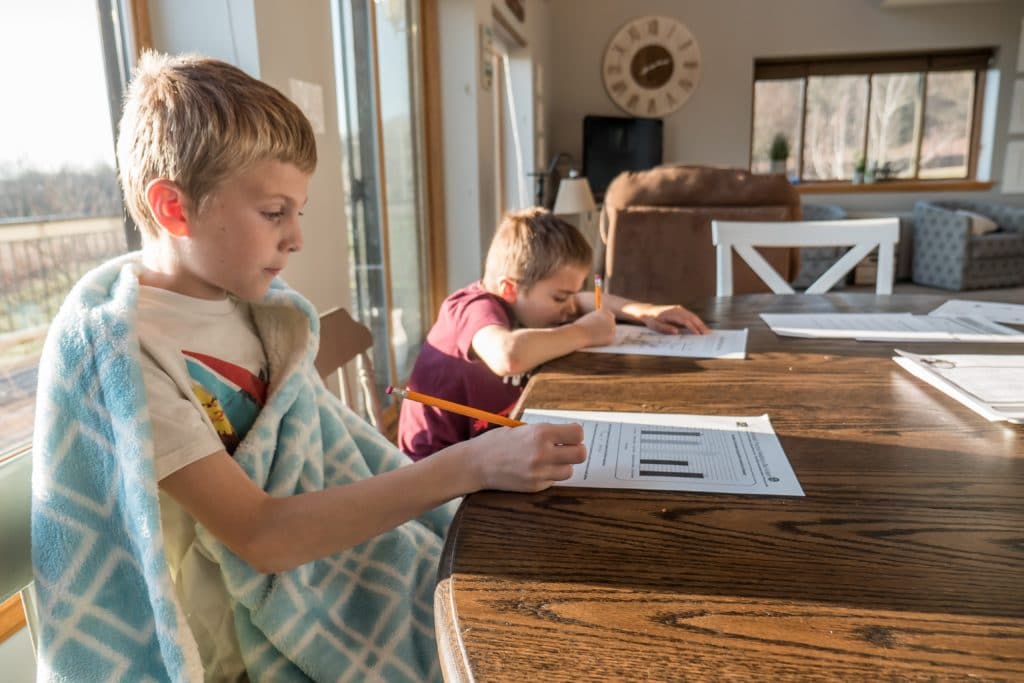Managing FTD Care with Kids in the Home During the COVID-19 Pandemic: April 2020

The most common dementia under 60 can afflict people in their 40s, 30s, and even 20s. For too many, the challenges of living with FTD combine with the stresses of raising young children and teenagers. With the COVID-19 pandemic causing schools and childcare facilities to close in most states, families find themselves adjusting to new childcare arrangements while trying to help kids continue their education and attend school online.
To help you better manage the realities of providing FTD care while kids and teens are at home, we have compiled the following suggestions:
- Facilitate social time. Socializing with friends is vital to kids and especially teenagers. While establishing boundaries around screen time and social-media usage is important, remember that the internet and the phone are the only way many kids have to maintain connections with their peers while social distancing. Use technology as a tool to help your kids stay connected and interact with peers safely and appropriately.
- Emphasize open communication. Allow space for children to share feelings of distress, challenges they are facing, and any needs they may have. If they have a particular confidante they like to talk to in addition to a parent – another family member, a therapist or counselor, or a school personnel member – see if online communication methods (phone, video call, email) are available during this time.
- Set aside time to engage in a personalized activity with each child. Scheduling time with each of your children to do something special – working on a puzzle, baking together, or even just walking around the block – can help to take their minds away from the stresses of both FTD and COVID-19.
- Identify individualized activities that can benefit the person diagnosed, while including the children. For example, watching movies, drawing pictures, helping with household chores, etc.
- Adapt old favorite activities for the new climate. If a beloved family activity is no longer viable due to FTD and/or stay-at-home orders, suggest new ways to accommodate your family’s new normal. For example, if the preferred activity had been going to concerts, put together a playlist of favorite songs using a streaming service and call it a “home concert.”
- Give your children time to explore their curiosity. Structured activities and academic assignments from school are important. But just as important is unstructured time to let your children learn about things that interest them, at their own pace.
- Care partners should set aside time to attend to their own health. Demonstrating good self-care will not only help you cope, but can also serve as an important model for your children.
- Set realistic expectations for yourself. As an FTD caregiver with children in the home full-time, you are dealing with a lot right now, especially if you are also working from home. It is not realistic to aim for perfection – you already have enough pressures to deal with. As best you can, give yourself the grace to accept when things don’t work out as you had planned, from either the caregiving or parenting sides of things. These are unprecedented times – all you can do is try your best.
- Acknowledge and appreciate the good things children are doing to adjust to this confusing and stressful time in their lives. Kids and teens can feel overlooked when a parent requires significant time and attention. Focus on their strengths and accomplishments to help them build healthy coping skills.
For further guidance on FTD care when there are kids in the home, refer to our Spring 2016 Partners in Care newsletter.
By Category
Our Newsletters
Stay Informed
Sign up now and stay on top of the latest with our newsletter, event alerts, and more…
